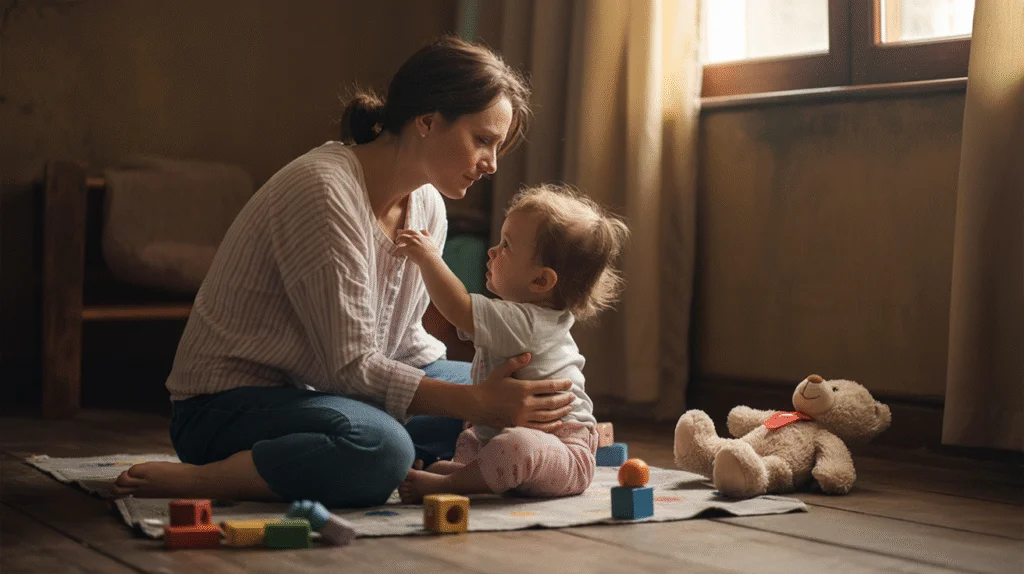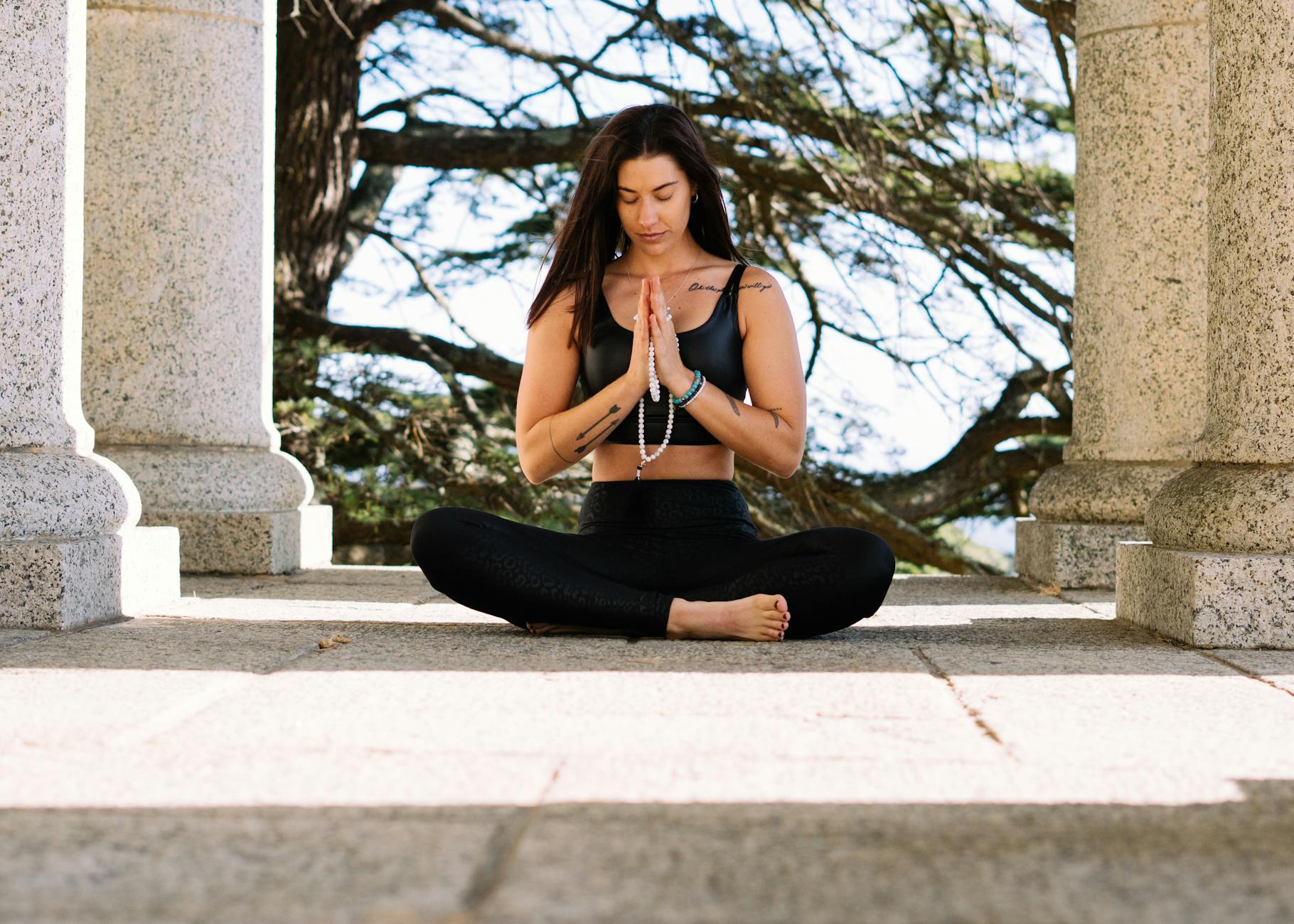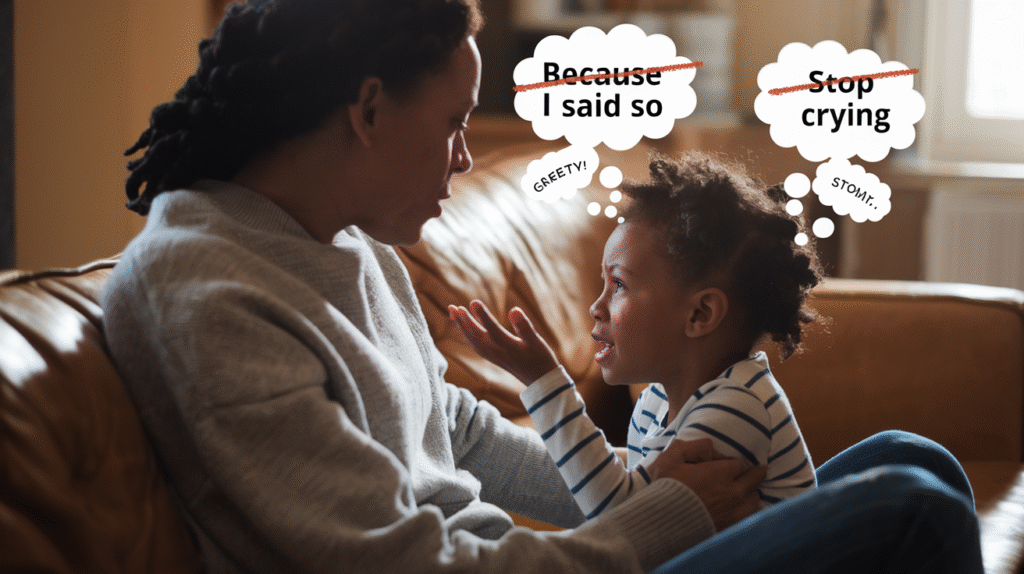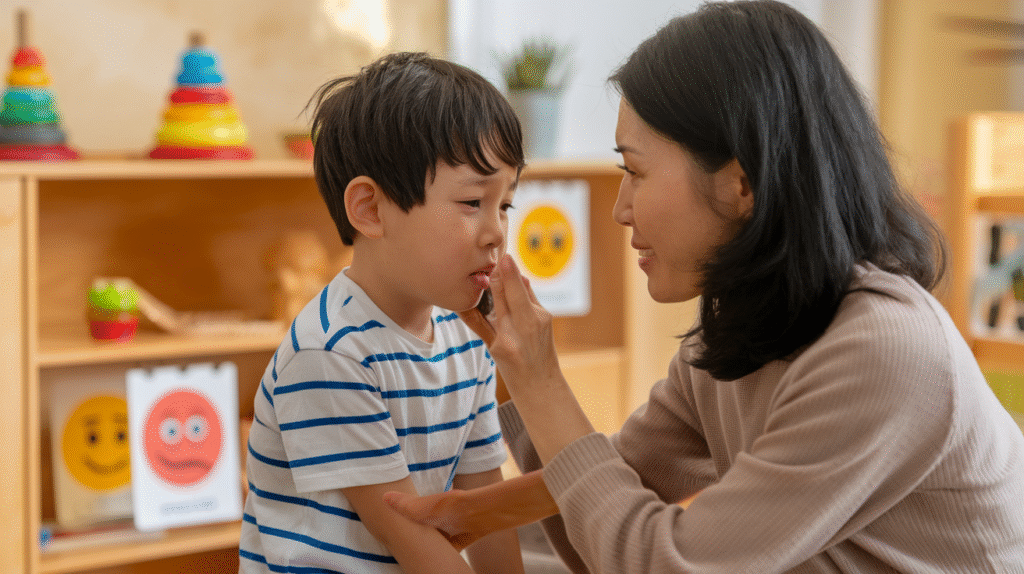
Ever watched a toddler try to put on their own shoes? It takes approximately 847 years. I used to think patience was something I had mastered – until my two-year-old daughter Emma became my unlikely guru.
That meltdown in Target? The pasta thrown across the kitchen? The 40-minute bedtime routine that somehow stretches into two hours? These aren’t just parenting challenges – they’re masterclasses in personal development.
Learning patience with toddlers isn’t just about surviving parenthood. It’s about discovering a superpower that transforms every relationship in your life.
What most parenting books don’t tell you is that toddlers operate in a completely different time dimension than adults. And once you understand this fundamental truth about toddler time management, everything changes.
But here’s the question that changed everything for me one frustrating Tuesday morning…
Unexpected Teachers in Small Packages

A. The Daily Tantrums That Tested My Limits
I never knew how thin my patience was until my three-year-old decided that socks needed to be perfectly aligned or the world would end. Right there, in the middle of Target, with a cart full of groceries and a meeting in 30 minutes.
Here’s the raw truth – toddler tantrums break you down. That high-pitched scream when the banana breaks in half (even though they asked you to break it). The dramatic floor-flopping when you give them the blue cup instead of the red one they suddenly decided was the only acceptable vessel for milk.
I used to count to ten in my head. Now I sometimes reach 742 before I feel calm enough to respond without losing it completely.
The meltdowns come out of nowhere. One minute we’re happily building blocks, the next minute there are tears because the tower fell (after they knocked it down themselves). Makes perfect sense, right?
B. How Meltdowns Became My Meditation Practice
Those screeching meltdowns over seemingly nothing? They’re actually my most powerful mindfulness teachers.
When my daughter goes nuclear over a sandwich cut the “wrong way,” I’ve learned to breathe. Not the quick, frustrated breaths of someone about to snap, but deep belly breaths that anchor me to something beyond the chaos.
I never signed up for meditation classes, but I practice more mindfulness now than any zen master. It’s sink or swim when tiny humans are involved.
The trick was realizing I couldn’t control her feelings, only my response to them. Some days, that’s the biggest win – just staying calm in the storm. Other days, I fail spectacularly. But I’m learning.
C. The Art of Seeing the World Through Their Eyes
The sock has a “bumpy part” that feels “scratchy.” The green beans are “touching” the pasta. The sunlight through the car window is “too bright in my eyes.”
Things I’d never notice suddenly matter intensely when I step into my toddler’s perspective. Their world is full of sensations, boundaries, and feelings that are all turned up to maximum volume.
When I started truly looking through her eyes, patience came easier. That meltdown over the broken crayon isn’t just stubbornness – it’s genuine heartbreak over something that matters deeply to her.
My daughter notices everything – the ant crawling on the sidewalk, the airplane miles overhead, the tiny chip in the paint on her bedroom wall. And she takes all the time she needs to explore it, with zero concern for our schedule or my agenda.
That’s been the biggest lesson: slowing down enough to see what they see.
Slowing Down in a Fast-Paced World

A. The Power of the 10-Second Pause
Ever noticed how toddlers have zero concept of rushing? My son takes forever to put on shoes, but when I started counting to ten before reacting to his dawdling, everything changed.
This tiny pause creates magic. It’s the difference between me losing my cool and finding unexpected patience I didn’t know existed. When he’s having a meltdown over the wrong color cup, those ten seconds give my brain the space to remember: he’s not trying to drive me crazy.
Try it. Next time you feel your blood pressure rising, just stop. Count to ten. Breathe. It works.
B. Why Rushing Only Makes Things Worse
I used to think efficiency meant doing everything quickly. Then my toddler taught me otherwise.
The more I rush him, the slower he moves. It’s like some cosmic law of toddler physics. Push them to hurry and watch everything fall apart spectacularly.
When I stopped rushing our morning routine, we paradoxically started getting out the door faster. His resistance vanished when I gave him space to move at his pace.
Rushing creates:
- Tantrums (theirs)
- Frustration (yours)
- Mistakes (everyone’s)
C. Finding Joy in Mundane Moments
My toddler finds wonder in watching ants march across the sidewalk. He’ll squat down, completely absorbed, while I’m itching to move on.
But here’s what happens when I join him instead of pulling him away: I see the ants too. I notice their determined little bodies carrying crumbs ten times their size.
These tiny moments – examining rocks, watching clouds, feeling rain drops – they’re where actual living happens.
D. When Time Expands: The Toddler Time Warp
Time works differently for toddlers. What seems like meaningless delay to us is deep exploration to them.
My son can spend 20 minutes examining the refrigerator door hinges. What looks like wasting time is actually his brain forming crucial connections.
I’ve started building “toddler time” into our schedule – those extra minutes when nothing is rushed, when discoveries can unfold at their natural pace. Strangely enough, these moments when time seems to expand are when I feel most present in my own life.
Patience as a Learned Skill, Not a Personality Trait

My Journey from Frustration to Understanding
I wasn’t born patient. Not even close. Before my daughter came along, I’d drum my fingers at slow checkout lines and cut people off mid-sentence. Patience seemed like something other people had—not me.
Then my toddler entered the “I do it myself” phase.
Button a shirt? 15 minutes. Put on shoes? Another 10. I’d stand there, internally screaming, while she fumbled with simple tasks. My jaw would clench. I’d check my watch. Sometimes I’d grab things from her little hands just to speed things up.
One morning, after I’d snapped at her for taking forever with her cereal spoon, I caught her mimicking my frustrated sigh later that day. That hit hard. She was learning impatience from me.
That’s when it clicked—patience isn’t something you have or don’t have. It’s something you practice, like any other skill.
Small Victories That Built My Patience Muscle
Building patience happened in tiny moments:
- The day I sat on my hands while she zipped her jacket for 3 full minutes
- When I counted to ten during a tantrum instead of raising my voice
- Learning to say “take your time” and actually meaning it
Each small win stretched my patience a little further. I started noticing I was calmer in other areas too—traffic jams bothered me less, work delays didn’t send me spiraling.
The Physical Signs of Impatience and How to Manage Them
Your body always tells you when patience is running thin:
- Tightness in your chest
- Shallow breathing
- Clenched jaw
- Tapping foot
Now when I feel those signs creeping in, I have a toolkit ready. Deep breaths. Rolling my shoulders back. Silently repeating “this moment matters too.” Sometimes just naming what I’m feeling—”I’m feeling rushed right now”—takes away its power.
Life Lessons from Tiny Teachers

A. Persistence: The Key to Their Success
Ever watched a toddler trying to stack blocks? They’ll knock them down twenty times before getting it right. No frustration tantrums (well, maybe a few), just pure determination.
My little one spent 45 minutes trying to put her shoe on yesterday. Did she give up? Nope. Was I pulling my hair out? Absolutely. But she taught me something powerful – success isn’t about talent. It’s about trying again. And again. And again.
B. Living Fully in the Present Moment
Toddlers don’t worry about tomorrow’s playdate or yesterday’s timeout. They’re 100% invested in whatever they’re doing right now.
While I’m mentally planning dinner during our park trip, my daughter is feeling every grain of sand between her toes. She’s teaching me that life happens in these tiny moments – not in my mental to-do lists.
C. Finding Wonder in Everyday Things
That cardboard box isn’t trash – it’s a rocket ship! The puddle isn’t an obstacle – it’s a splashing opportunity!
Through my toddler’s eyes, the world transforms into a playground of possibilities. When did we adults decide that wonder was optional? My daughter reminds me daily that joy isn’t found in grand adventures but in seeing the magic in mundane moments.
D. The Freedom of Lowered Expectations
Nobody expects a toddler to fold laundry perfectly. So why do I expect perfection from myself?
My daughter’s messy finger painting taught me something liberating – sometimes good enough is actually perfect. Lowering standards doesn’t mean failing; sometimes it means making space for joy.
E. How Curiosity Trumps Efficiency
“Why?” – the battle cry of toddlers everywhere.
I used to rush through tasks, valuing speed over experience. But my daughter’s endless questions force me to slow down and notice details I’d missed. Her curiosity creates depth where my efficiency only created completion.
Applying Toddler Wisdom to Adult Life

A. Patience in Professional Settings
My toddler’s snail-like pace when putting on shoes taught me a crazy valuable lesson about work deadlines. You know how it goes – you’re rushing to finish a project and making careless mistakes along the way.
I started applying the “toddler approach” at work. When a colleague sends a rushed email demanding immediate answers, I take a deep breath first. Just like my little one examining each Velcro strap with fascination, I’ve learned to slow down and consider problems properly.
The results? Fewer errors, better solutions, and surprisingly, more respect from my team. My boss even commented that my thoughtful responses stood out in our fast-paced environment.
B. How Toddler Logic Improved My Relationships
“But why?” The toddler’s favorite question became my relationship secret weapon.
Instead of jumping to conclusions when my partner does something annoying, I channel my inner curious toddler and ask questions. The simple act of wondering “why” before reacting has saved countless arguments.
My little one’s black-and-white thinking also reminded me that sometimes things really are simple. Not every situation needs deep analysis – sometimes a hug fixes everything, just like it does for a scraped knee.
C. The Unexpected Benefits of “Going Slow”
My toddler can spend thirty minutes examining a leaf. I used to find this maddening, but now I see the magic in it.
When I started “going slow” in my own life, I discovered:
- Food tastes better when eaten mindfully
- Walking without rushing means noticing beautiful details
- Conversations become richer without constant interruptions
This slowness isn’t laziness – it’s presence. And presence is the ultimate gift.
D. When to Let Go of Control
The day my toddler insisted on wearing rain boots with pajamas was the day I learned about letting go.
Control is an illusion anyway. Just as I can’t force my toddler to eat broccoli, I can’t control how others respond to me or how life unfolds.
Now I ask myself: “Will this matter in five years?” If not, I try to release my grip. This approach has lowered my blood pressure and, ironically, given me more influence in situations that truly matter.

Toddlers truly are our greatest teachers on the path to patience. Through their fresh perspective, they remind us that rushing through life means missing the small wonders around us. The journey of parenting a toddler transforms patience from an abstract concept into a practical skill we can develop—one deep breath and one interrupted task at a time.
As you navigate your own challenges requiring patience, remember the wisdom these tiny teachers offer. Practice slowing down, embracing the present moment, and finding joy in the process rather than just the outcome. The patience we learn from our children doesn’t just make us better parents—it makes us better humans, more equipped to handle life’s inevitable delays and detours with grace and understanding.




